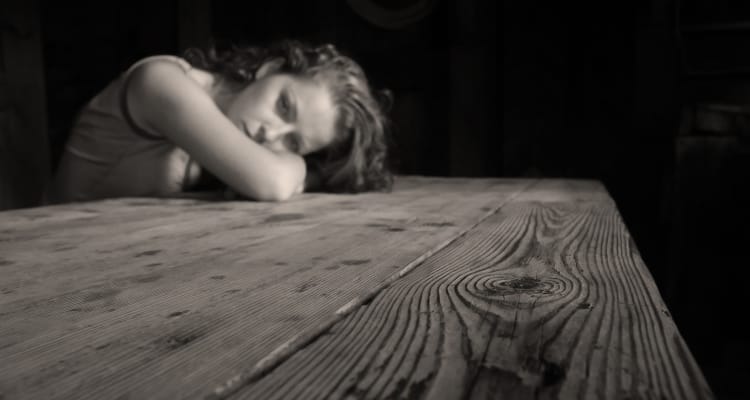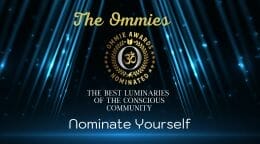Adult Survivors of Child Abuse

Adult Survivors of Child Abuse: Removing the Splinter
Consider how a splinter, a tiny foreign object embedded in a finger or foot, can cause discomfort great enough to immobilize us. Its size so disproportionate to the rest of our bodies, that sliver exerts an overwhelming power. This is what it feels like to be an abuse survivor, even if the abuse occurred and got buried in childhood. The sting returns as we carry on our normal routines later in life. The same happens with an uninvited pebble in a shoe. First we feel a little tic …we limp until we look inside our shoe…and then we dump it out and carry on or become hyper-sensitive when we exert pressure on it.
If we don’t remove it and let it remain embedded, the pain increase, aggravating us so we eventually don’t even feel our finger or foot and instead feel only the intruder itself. It might disappear and reappear at intervals but the truth is, if we are lucky, the residue of that original object acts as a permanent agent of awareness. Just when we think we are “over it,” the throbbing starts all over again.
Daily life for an abuse survivor means living with that stubborn sliver of memory. Friends may not see surface injury because survivors appear whole and healthy after years of practicing the art of emotional camouflage. But relationships, fraught with tension, can re-trigger the original wound. We react more deeply than most people to the natural slings and arrows of relationships both intimate and casual. What the “normal” person overlooks as trivial, the abuse survivor experiences as a compounded injury. Remember what it feels like to remove that tricky splinter that barely reaches the skin’s surface–unsuccessful attempts to grab it with tweezers as it slips away and embeds again? All those web recipes for splinter concoctions: baking soda paste, vinegar compresses, magnesium sulfate packs, hoping it will just quietly rise to the surface and permanently disappear. If it does, it’s because of our relentless commitment to self-healing.
Let’s discard the metaphor. We’re not talking about wood shavings or stone. We are talking about a person or persons. And the only way to completely heal is by ejecting energy that wears us down. Survivors have to exit that abusive relationship, even if it just recurring memory.
Emotional abuse is as potent an adversary as abuse. The overt or implied statements of a friend, relative, or intimate that “you’re not good enough,” “you’re unimportant,” whether articulated vocally or demonstrated behaviorally, lures us into self-doubt and victimhood. “It must be me.” “I’m not really abused, am I? Maybe I’m just too sensitive.” We find martyrdom more natural than assertiveness and let the offender off the hook. This feeling becomes displaced and bleeds into other areas of our lives where survivors may lumber around feeling “less than.” Displacement is not disappearance.
The National Association of Adult Survivors of Child Abuse reports that “some survivors maintain the outward appearance of being unaffected by their abuse. Most, however, experience pervasive and deleterious consequences” and lists emotional reactions and interpersonal issues among their seven categories of abuse symptoms. In looking at your friendships, intimate relationships, and even workplace relationships, ask yourself these questions:
1. Do you leave a conversation feeling uncomfortable about your worth?
2. Do you feel that you are more criticized than supported?
3. Are your ideas ever dismissed or discredited?
4. Are your feelings dismissed or discredited?
5. Do you leave a date or meeting feeling worse about yourself than you did when you arrived?
6. Do you feel anxious or depressed after being with this person?
7. Do you hesitate making plans or meeting with this person?
8. Do you dismiss or bury these feelings?
If you answered yes to any of these, you probably have a splinter. This particular relationship not cause of your discomfort; it reflects a situation that you endured much earlier in life. Our adult patterns of accepting abusive relationships is linked to the imprint of the original abuse we have carried with us through life.
Adult survivors of childhood abuse are prone to subconsciously seek similar situations. We are comfortable there. Friends and family witness our unbalanced relationships and wonder why we continue. It’s not uncommon for the newly divorced abuse survivor to hear comments like, “Thank God. We thought you’d never leave” or “I wondered why you stayed so long.” Often our friends recognize our patterns from a distance more easily than we do.
Understanding and admitting our patterns as victims in relationships is the first step to healing. Resources abound for survivors to make our transitions to wholeness easier: private therapy, group therapy, meditation, physical release modalities such as yoga, trance dance, massage, rebirthing, and social media support groups. Reading books targeting the abuse survivor helps to bring awareness and a sense of community to the person suffering alone. Try this experiment: Go to a bookstore and slowly meander into the self-help section and slowly walk up and down the aisles until a book calls to you. It might even wiggle off the shelf and beckon you more obviously. Take it, skim through it, and allow yourself to receive the healing message. Remove the splinter.
Click HERE to Connect with your Daily Horoscope!
About the Author
Rev. Lisa Shaw, M.A., M.F.A., is an animal communicator, spiritual counselor, Reiki Master, teacher, and writing professor. She has trained as a hospice chaplain and has a spiritual practice devoted to animals and their human caretakers. Her web site is: www.Reikidogs.com
Rev. Lisa Shaw, OMTimes Magazine Spirituality Editor, is an animal communicator, intuitive reader, clairvoyant, and Reiki Master working in metaphysics since 1986. She has an M.F.A. in writing and recently completed an M.A. in Pastoral Ministry with a specialization in loss and healing. Lisa is an award-winning English professor and has served as a hospice chaplain. This gives her sacred glimpses into the space between life and death. She devotes her Reiki practice to animals, and specializes in end-of-life issues people face with their pets.









